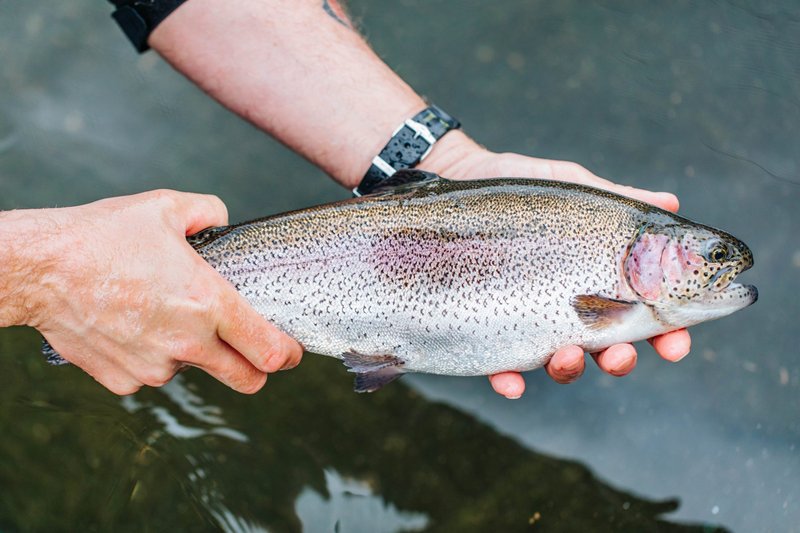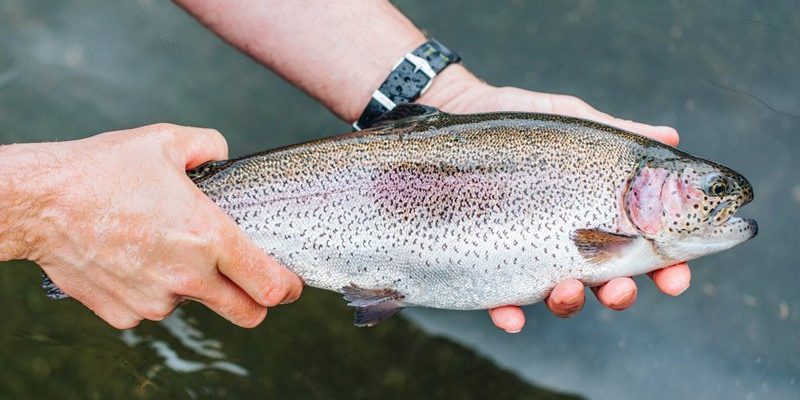
Imagine you’re sitting by a clear stream, watching trout dart around in their natural habitat. You might think, “how cool would it be to grow these beautiful fish myself?” But before you rush off to start your own trout farm, you need to know the legal side of things. Each state has its own set of regulations regarding fish farming. Some states embrace aquaculture, while others have restrictions or outright bans. So, before you don your farmer hat, let’s explore the ins and outs of trout farming legality across the United States.
Understanding Trout Farming
Trout farming, or aquaculture, involves breeding and raising trout in controlled environments, usually in tanks or ponds. It’s not just about catching fish from the wild anymore; it’s about producing them sustainably and responsibly. Trout is a fantastic choice for aquaculture because they grow quickly, have a high market demand, and are rich in nutrients. But what’s the big deal about the legal side?
Here’s the thing: fish farming isn’t as simple as just pouring some water and adding fish. Regulations are in place to ensure that farming practices are sustainable, safe, and don’t harm local ecosystems. In some states, permits are required, and these can vary depending on how many fish you want to raise or where you plan to do it. It’s crucial to understand these details before starting your venture into trout farming.
State-by-State Regulations
When discussing whether trout farming is legal, it’s essential to look at each state individually. Some states, like Oregon and Idaho, have robust aquaculture industries. They provide clear guidelines for trout farming, making it easier for aspiring fish farmers.
On the other hand, states like California and New York have stricter regulations. They often require extensive permitting processes, which can be time-consuming and complex. Farmers in these areas may face limitations on the types and numbers of fish they can raise. These rules are typically in place to protect local waterways and wildlife.
- Oregon: Known for its supportive aquaculture laws, making trout farming relatively easy.
- California: Requires a detailed permit process to ensure environmental safety.
- Idaho: One of the leading trout-producing states with favorable regulations.
- Texas: Allows trout farming but emphasizes responsible management practices.
It’s important to research your specific state’s requirements before diving in.
Environmental Considerations
One major reason for the differences in state regulations boils down to environmental concerns. Trout farming can impact local ecosystems in various ways. For instance, if farmed trout escape into natural waters, they can compete with wild populations, potentially leading to declines in native fish. Some states, therefore, have strict guidelines to prevent this from happening.
Here’s where it gets a little tricky. Some areas have restrictions on the types of fish that can be farmed. For example, certain species of trout may not be allowed in particular states due to their potential impact on local wildlife. States with high biodiversity often have more stringent regulations to protect their ecosystems.
When thinking about starting a trout farm, it’s vital to balance your goals with environmental responsibility. You want your farm to be successful, but not at the expense of local fish populations and their habitats.
Permits and Licensing
If you’re contemplating starting a trout farm, you’ll need to navigate the world of permits and licensing. This can sometimes feel like a maze, but don’t worry—it’s manageable! Generally, you’ll need a fish farming license, which states the number of fish you’re allowed to raise and the methods you’ll use.
The application process can vary widely by state. Some states might allow you to apply online, while others may require a physical application and, in some cases, public hearings. You might be wondering, “Is it worth the hassle?” The answer is a resounding yes! Obtaining the right permits not only protects you legally, but it also helps ensure that your farming practices are sustainable.
When applying for your permit, be prepared to provide details about your farm’s location, water sources, and your plans for waste management and environmental protection. This information helps ensure that your trout farming venture aligns with state regulations.
Common Challenges in Trout Farming
While trout farming can be a rewarding endeavor, it does come with its challenges. Here are some common issues you might face:
1. Water Quality: Trout are sensitive to their environment. Poor water quality can lead to diseases and increased mortality rates. Monitoring and maintaining clean, oxygen-rich water is crucial.
2. Feed Management: Finding the right feed for your trout is essential for their growth and health. It’s not just about quantity; quality matters too. The wrong feed can lead to unhealthy fish and poor yield.
3. Disease Control: Just like any livestock, trout are susceptible to diseases. Implementing a good biosecurity plan is key to preventing outbreaks that could decimate your stock.
4. Regulatory Compliance: As we’ve discussed, staying compliant with state regulations requires ongoing attention. Missing a renewal date or failing to submit necessary reports can lead to fines or even the closure of your farm.
Being aware of these challenges ahead of time can help you prepare and set yourself up for success in your trout farming adventure.
Alternatives to Trout Farming
If trout farming seems daunting, or perhaps you’re in a state where it’s heavily regulated, you might want to explore alternatives. For example, consider other fish species that are often easier to farm. Catfish and tilapia are popular choices for beginner aquaculturists because they tend to have fewer restrictions and can adapt well to various environments.
Another option is to look into partnerships with local aquaponics operations. These systems combine fish farming with plant cultivation, creating a symbiotic environment where each benefits the other. It could be a great way to dip your toes into aquaculture without going all-in on trout farming right away.
Ultimately, the best choice depends on your interests, capabilities, and the regulations in your state.
So, are trout legal to farm in all states? The answer is more complex than a simple “yes” or “no.” It varies significantly based on location, local regulations, and environmental considerations. The world of fish farming is rich with opportunity, but it also demands responsibility and adherence to laws designed to protect both the fish and the environment.
If you’re considering trout farming, take your time to research your state’s regulations and understand the challenges you might face. With the right knowledge, permits, and a commitment to responsible practices, you can create a thriving trout farm that not only brings you joy but contributes positively to your community. Happy farming!

